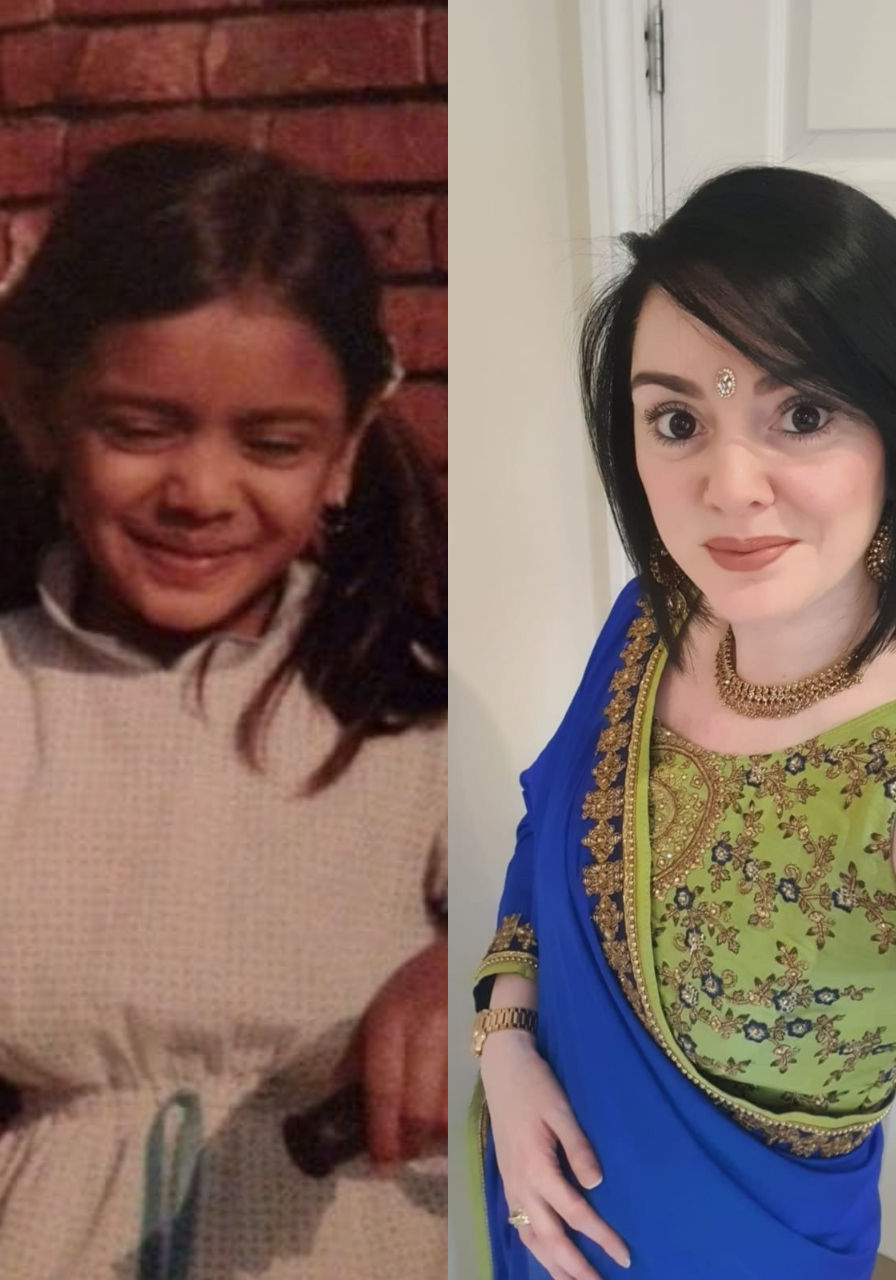
- Sheetal Surti has universal vitiligo, a condition in which 80% of the skin loses pigment.
- Surti was treated for years, but her skin never returned to its brown color.
- Surti is active in support groups because she doesn't want those with vitiligo to feel alone.
- Visit Insider's homepage for more stories.
When Sheetal Surti a seven-year-old in Wellingborough, England, her sister found a white patch behind her ear. Now, at age 41, over 90% of her skin is covered in white.
Just 1% of the world has vitiligo, a skin disorder that occurs when the cells that make melanin, a dark pigment, die or stop working, according to the Mayo Clinic. Even fewer people have universal vitiligo, which occurs when 80% of the body is covered in white patches.
Surti's vitiligo made her feel isolated, and she also lacked community support. On top of this isolation, her family members would say things like "'She's never going to find a partner, she's not going to have kids,'" Surti told Insider. "There was no support to say 'It's OK. It's a difference, but it's OK."
Surti started an intense homeopathic treatment regimen at ten years old, drinking an herbal tonic and putting oil and paste on her white patches. Vitiligo is typically treated with steroids or immunosuppressants, but there's no cure for the disorder.
She did her treatments every day until she was 18, but her skin didn't return to its brown color.
Family stress is partly why Surti stuck with the treatment for years. "That was making me stick to the medicine, making it my mission that 'I've got to be brown'" Surti said.
But after years of persevering with no progress, Surti stopped following the instructions.
From ages 18 to 35, Surti never talked about her skin disorder. If people assumed she was white, she went along with it.
"I grew up with people pretty much telling me that they were almost disgusted by my vitiligo, so I didn't want to talk about it. I didn't want anybody to know that I ever had that," Surti said.
But some people of South Asian and Indian descent who found out about Surti's skin disorder were jealous, she said, because of the notion that fair skin is linked with beauty.
"I'd sit there and be like 'Really? But why would you want this?' Because I would do anything to have my brown skin back because that's my identity," Surti said.
Surti now talks about universal vitiligo after years of silence
Up until her mid-30s, Surti felt like she was leading a double life. On the one hand, she pretended she never had universal vitiligo, and on the other, she bottled up her feelings about her experience.
It wasn't until she saw other people, like model Winnie Harlow, speaking openly about vitiligo that she realized that it's OK to talk about her condition.
Surti felt a release after sharing her story and joining support groups on social media.
She talks about her story and is active in support groups because she wants others to avoid the isolation that comes with vitiligo. "It was a very lonely world and the lack of support had a massive impact. And then when you do find the support, you definitely want to give back."